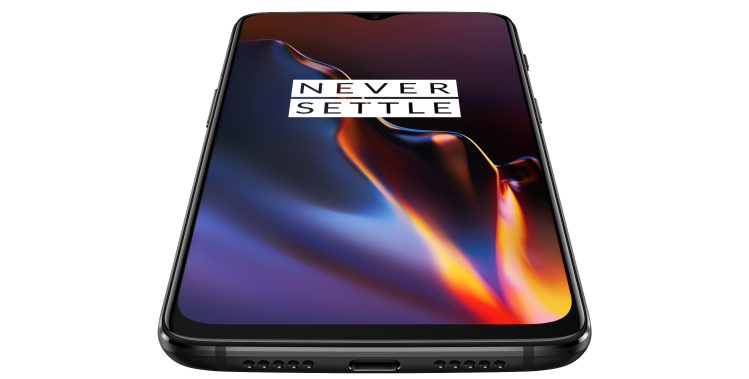This week’s Qualcomm Snapdragon Tech Summit has thus far been a decidedly mixed bag for followers of 5G cellular developments — largely thanks to confusing carrier announcements and chunky early devices. Unfortunately, affordable Android phone darling OnePlus has continued the mixed news trend. Soon after making an onstage commitment that OnePlus would be the world’s first vendor of Snapdragon 855 phones, CEO Pete Lau suggested that the company’s first 5G device will likely lose two of its historical advantages, namely aggressive pricing and widening network compatibility.
As we’ve noted in past OnePlus coverage, the company’s smartphone prices have gone from “steal” to “solid discount” level, but even so, the OnePlus 6T is between 25 and 30 percent cheaper than rivals’ comparable phones. That price advantage will likely narrow for 5G, as OnePlus told Engadget that it’s trying to keep its first 5G phone under $1,000, with hopes — no guarantee — that there will only be a $200-$300 premium over existing $550+ models.
On the one hand, this isn’t a complete shock, as there have been quiet rumblings that 5G devices might be a little more expensive, in part due to licensing costs and some (but not all) companies’ initial need for separate 4G and 5G modems. But there’s nothing “little” about a $200-$300 premium over current prices, and for niche players like OnePlus that depend heavily on value pricing to attract new customers, it’s going to be hard to gain traction at a $750 or $850 price point. Even Apple, a premium brand, is struggling at that price level with the iPhone XR.
OnePlus’s bigger problem is that its first 5G phone apparently isn’t being designed to work on U.S. 5G networks, at least not yet. In order to make its first device smaller, OnePlus apparently decided to include only sub-6GHz radio antennas, which aren’t currently in use in Verizon’s or AT&T’s millimeter wave-based 5G networks. Speeds of devices using sub-6GHz signaling are expected to be slower than those with millimeter wave, but still better than 4G.
June 5th: The AI Audit in NYC
Join us next week in NYC to engage with top executive leaders, delving into strategies for auditing AI models to ensure fairness, optimal performance, and ethical compliance across diverse organizations. Secure your attendance for this exclusive invite-only event.
Until and unless U.S. carriers turn on sub-6GHz radio towers, that decision could limit the OnePlus phone to the 5G network of U.K. operator EE, which hasn’t yet launched but promises to cover 16 cities in 2019. Since OnePlus is promising its 5G phone for the first quarter of 2019, EE now has around four months to get a compatible network in place. It’s worth noting that other European countries appear to be lagging considerably behind the U.K. in 5G adoption.
Once the device launches, the question will be how many U.K. customers will pony up for a fairly pricey 5G phone that only offers service benefits in that country. It’s fair to assume that this is going to be a small group of early adopters, but it wouldn’t be a surprise to hear that OnePlus, like Samsung, has a second and more widely compatible phone in development. Unless that happens, its chances of growing market share using 5G as a selling point are going to be slim, so hopefully some of the Snapdragon 855’s other features will make the phone worth considering.

